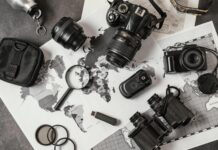A lot of attention is placed on the foreground of the subject when out on the Street and taking pictures. The background usually isn’t one of the first concerns when looking for a good composition. While it is true that the foreground and middle ground are important for telling the story and creating some depth, the background can make or break a composition completely.
If You are asking Yourself what separates a mediocre image from an outstanding one, the background is one of the most found reasons to influence the aesthetics of the picture. In contrast to popular opinion, blurring out the background by opening up the aperture doesn’t really work.
Instead, try the following tips and techniques to improve the background in photography and improve the composition of Your photographs.
The Importance of the Background
When it comes to the composition of a picture, there are a lot of things to consider. From the rule of thirds to leading lines and if You are shooting in color, there can be a lot of distractions as well. It is only natural, that we as photographers don’t view the background as one of the most important layers in the picture.
While the background doesn’t stand out as much as other details, it is what makes the difference between a great photographer and a mediocre one. The good and experienced photographer won’t consciously move around to find the best background, he will have the subconscious instincts that allow him to create better pictures.
With all the other important aspects in mind that can be actively influenced, the background has to simply work.
How important the background is can also be seen by the photo manipulation scandal surrounding the photojournalist – or nowadays visual storyteller – Steve McCurry. He, or is his studio found the background so important, that they broke one of the fundamental rules in photojournalism, which is to not tamper with the content of the photograph.
To improve the composition of his pictures, objects in the background moved, so that the separation of the subject and the background is more clear. He tried to “clean” up the background by removing all the distracting details. From a photojournalistic point of view, this case is quite sad and did a lot of damage to his reputation. On the other hand, there is a lot to gain from this manipulation by comparing these images.
When a photographer as big as Steve McCurry risks his reputation and career by improving the background “illegally” it does emphasize how important this aspect of photography is.
For beginners, it might not be one of the first things to learn, but the background in photography is one of the topics that make this craft easy to learn but hard to master.
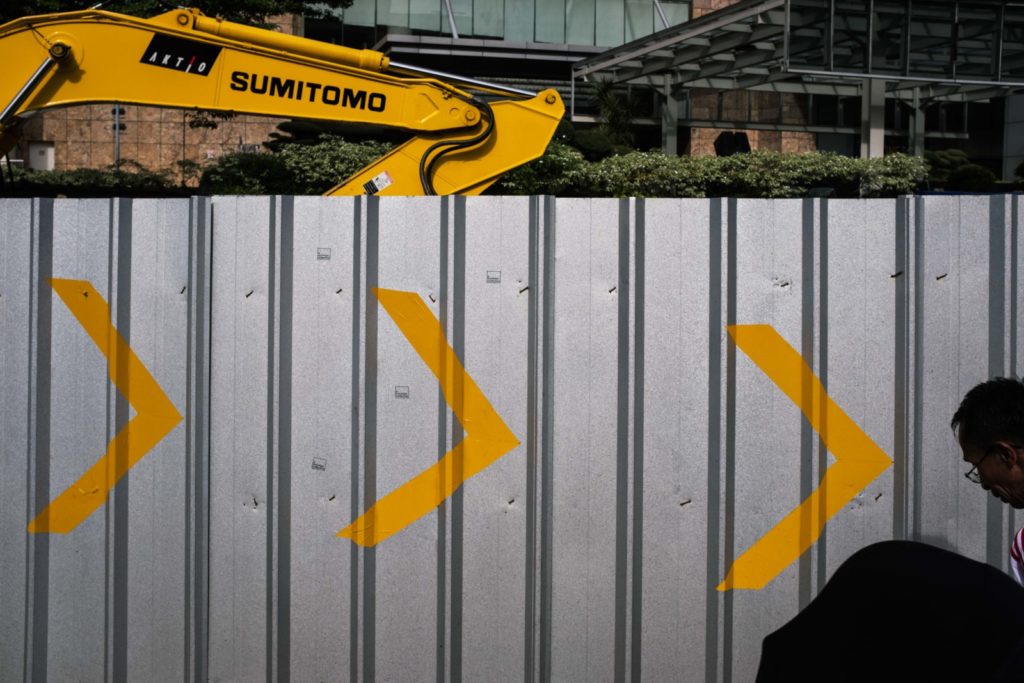
What does conduct a good Background in Photography
The composition of a photograph should support the main subject and ultimately the story of an image. If a background becomes too distracting and does attract too much unwanted attention, then it is definitely not a background that we desire. It doesn’t matter if there are other people in the background, or there is just a total chaos going on. Should the viewer be distracted and not have a clear focus, we should work on creating or finding a better background. Keep in mind, that the composition is mainly there to steer the attention. The leading lines are leading towards the focal point of the image and not away from the main subject.
A good background doesn’t necessarily need to add something to the composition. In most cases, it is already enough, if there isn’t anything distracting or interfering with the subject. It isn’t the duty of the background to bring the story forward.
On the other hand, there can be interesting interactions with the background. In Street Photography, You can create juxtapositions with people and the background. Although a lot of these themes are already very widespread and not very unique anymore, they show that the background can also be an important part of the picture.
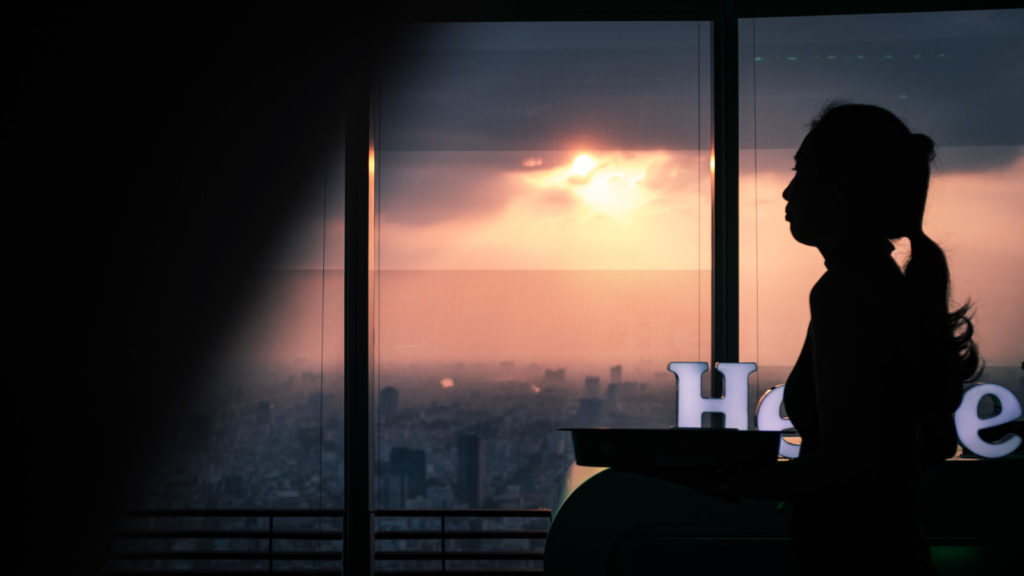
Keep it simple
Street Photography can be a very harsh genre. When I talk about the background, I understand that there isn’t always the possibility of finding a plain and simple background. In the city, there is a lot of action going on and there might be a lot of distractions. One tip when walking through the city is to walk with the camera pointed to the side of the buildings.
This is a very simple yet powerful tip, that also Bruce Gilden is following and teaching. By placing the subject in front of the building, rather than the street, You will have a more closed environment. On the street, there are many cars and space can extend very far. It becomes increasingly difficult to separate the subject from the background. However, if You walk in a way that You are shooting the subject in front of a simple wall, there is a good chance that there won’t be anything distracting in the background.
Try Different Angles
When photographing on the eye level it can be quite difficult to find a suitable background. In cases where You see an interesting subject, but can’t find a plain and simple wall that can serve as an ideal background, You should try to find new angles.
Think about it this way, when photographing on the eye level, we search for some easy walls, because they can be quite handy. When we are in an open space where we are struggling to find some plain backgrounds, we have to change our perspective.
Even in the most open spaces, there are backgrounds that can help us. You can either photograph from top to bottom, which does require the subject or at least, the main detail of the photograph to be a lot lower than You, or You can shoot from the bottom looking up, having the sky as the ideal background.
As an additional tip, the ground has many interesting details as well. From shadows to signs, or interesting patterns. Not only when You are on the hunt for a less distracting background it is worth to pay more attention to the ground, but also to find more interesting juxtapositions as well.
Shooting from a very low perspective requires You to take the picture with a wide-angle lens. Considering, that the subject and Yourself are on the same level, You will have to wait for the subject to enter the frame. Usually, with something around 23mm, the subject will already fill most of the frame, when You are shooting from the bottom to the sky. anything more than 35mm will take away from the surroundings too much and it will be very hard to create an interesting photograph.
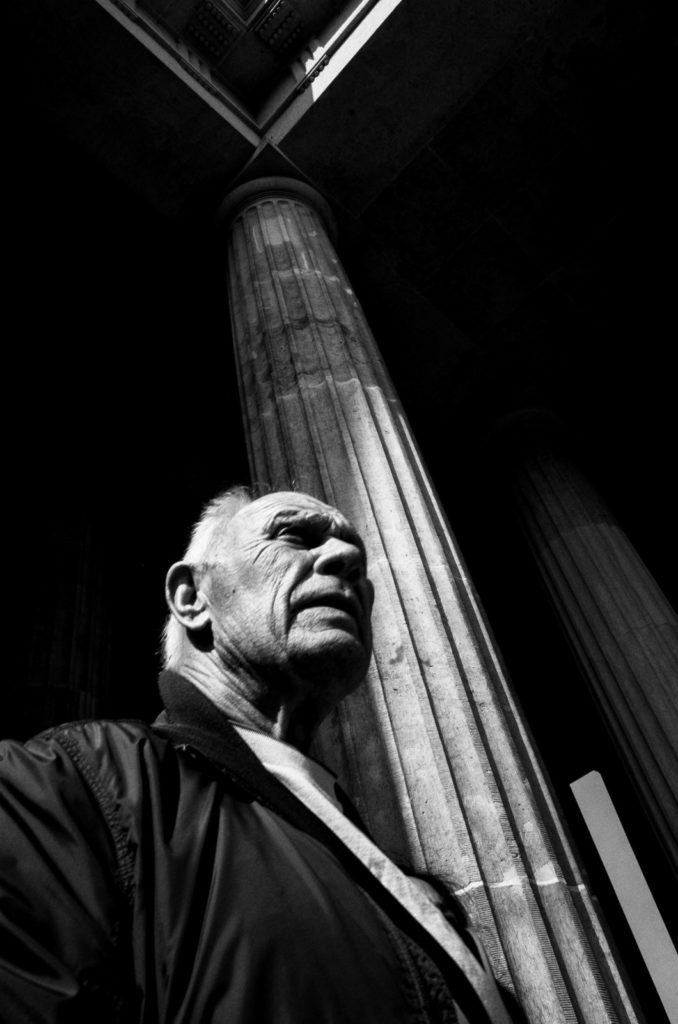
High Contrast
Even the most distracting background can become useful if it is completely left in the dark. I have already sung praise to the high-contrast style of Street Photography and I am really digging it. Although I am struggling myself to create images as beautiful as the ones below, searching and at least trying to find these high contrast scenes does help me on the quest to finding more suitable backgrounds.
Usually, You want to create this style on very bright days with direct sunlight and no clouds in the way to dampen the contrast. The next step is to look out for places where a high contrast can be found. Those places can be near bridges or other very narrow spaces where the light has very limited space to enter.
Then You have to find an angle where the light hits only the subject, but not the background and suddenly You have a picture where the subject is highlighted. Be creative when it comes to finding the right light.
You can also try the complete opposite and for a very visual style approach, You can search for a nice background that is lit and place Yourself in a darker spot. Any person that will now walk in front of You will be turned dark while only the background is visible.
Playing around in such high contrast scenes will reduce the amount of complexity when it comes to “matching” the subject with the background. The difficult part lies in finding these spots and having the patience to wait for the right moment.
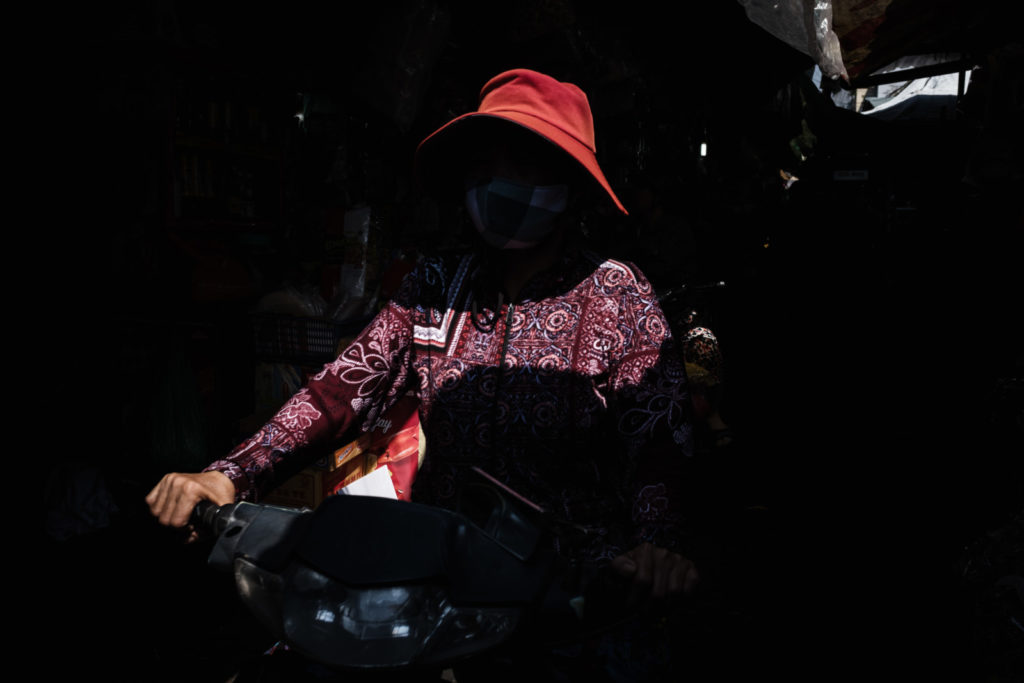
Black & White
Usually, I am not a big fan of converting color photos to black & white, when the original picture wasn’t intended to be black & white. Although it is easy nowadays to turn a color photograph into black & white, the style is quite different. Seeing in black & white requires the photographer to put the emphasis on different aspects of the picture. The story becomes more prominent, as well as the light & shadow.
In color photography, there is a lot more complexity a photographer has to handle. In addition to the subject, the composition and the color itself become more important. Not always does a photographer manage to handle all these topics.
Sometimes, You think You get everything perfect in the frame, but there is this bright car in the background that does draw the complete attention to itself. Those moments justify converting a color photograph to black & white. Not always does it work and the distracting detail can still stand out, but maybe the background does appear to be a lot better.
Using a Flash
Another trick You can use to make bad backgrounds disappear is by using a flash. This one is probably more for the bold Street Photographers out there, that aren’t afraid to get close and photograph with a flash. Using a flash is a simple method to create a lot of contrast between the background and the subject or, to even blur the background with some movement.
Normally, during the day finding spots that are ideal and where the subject “pops” out are very difficult to find. To put a greater emphasis on the subject, a flash can help You to separate the subject from the background. Especially on dull and cloudy days, where there is very little contrast, the subject just melts with the surroundings.
A flash does help to create this extra separation.
At night, You can also use the background to Your Advantage. While we are searching for very simple backgrounds during the day, at night and with a flash, we can search for the total opposite.
I preferred shooting at night during the Christmas Time because the background provided just the right amount of light for some trails in the back. Of Course, getting these shots is a lot dependent on trial and error, but with some experience, You will notice which background does work very well for this kind of style and which doesn’t.
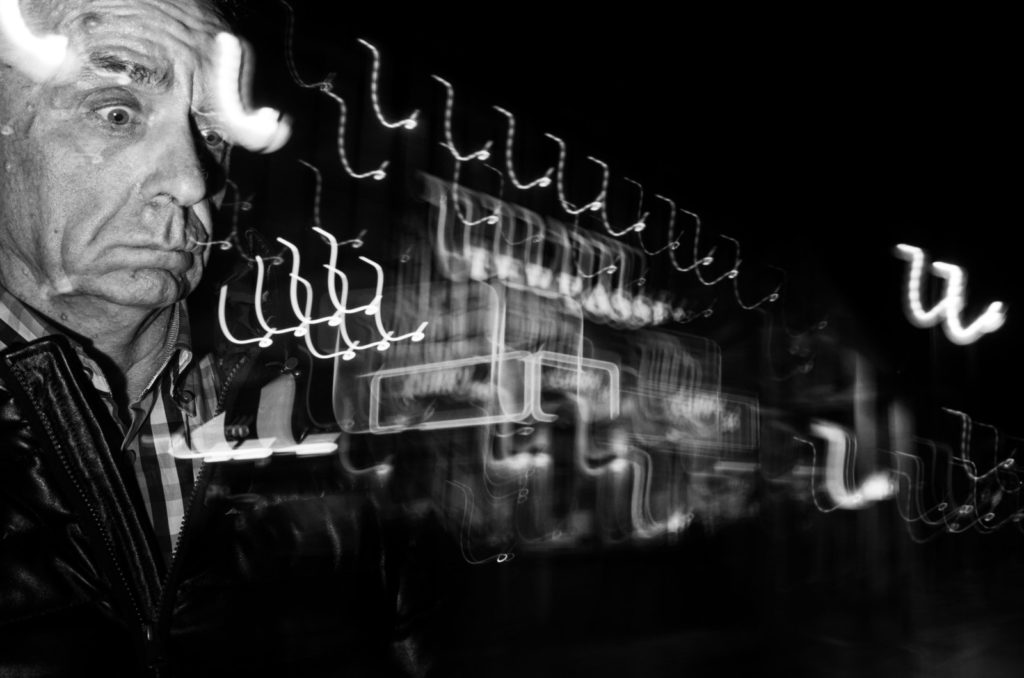
Bokeh doesn’t heal the Background
If You read other articles about how You can improve the background in photography, there are a lot of advice floating around that will tell You to open the aperture and get some more bokeh.
Yes, bokeh can reduce the effects of a bad background, but it will never negate it. If You already are noticing that the background simply doesn’t work, then blurring a shitty background will give You only a blurry shitty background. There will come anything good out of it.
A lot of people in the photography industry will keep telling You, that with bokeh everything will magically look good. In the end, this is how they justify selling a 1.4 lens for a few hundred US-Dollar more than a 1.8 lens. Bokeh can be good, but only if the background is really suitable for it.
When there is some light in the background that can create beautiful stars in combination with a high-quality lens, then the background can be shown in a perfect way. But that does only work if the background is already working by itself. Using an open aperture to wipe out any distracting details in the background doesn’t work and is only a viable method for lazy photographers.
Everyone who is serious either tries to get a better background or accepts the fact that there isn’t any good picture possible there.
